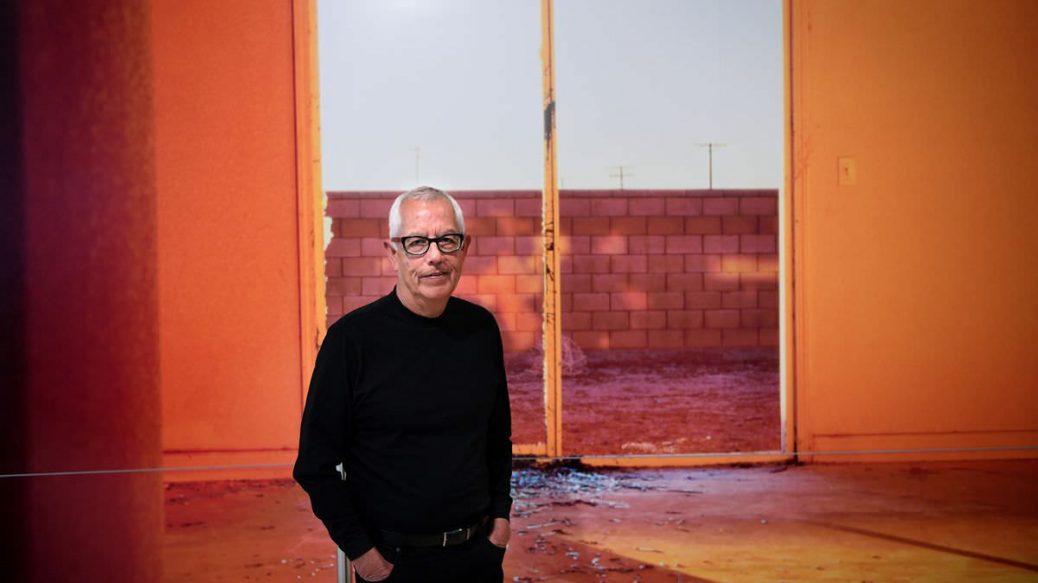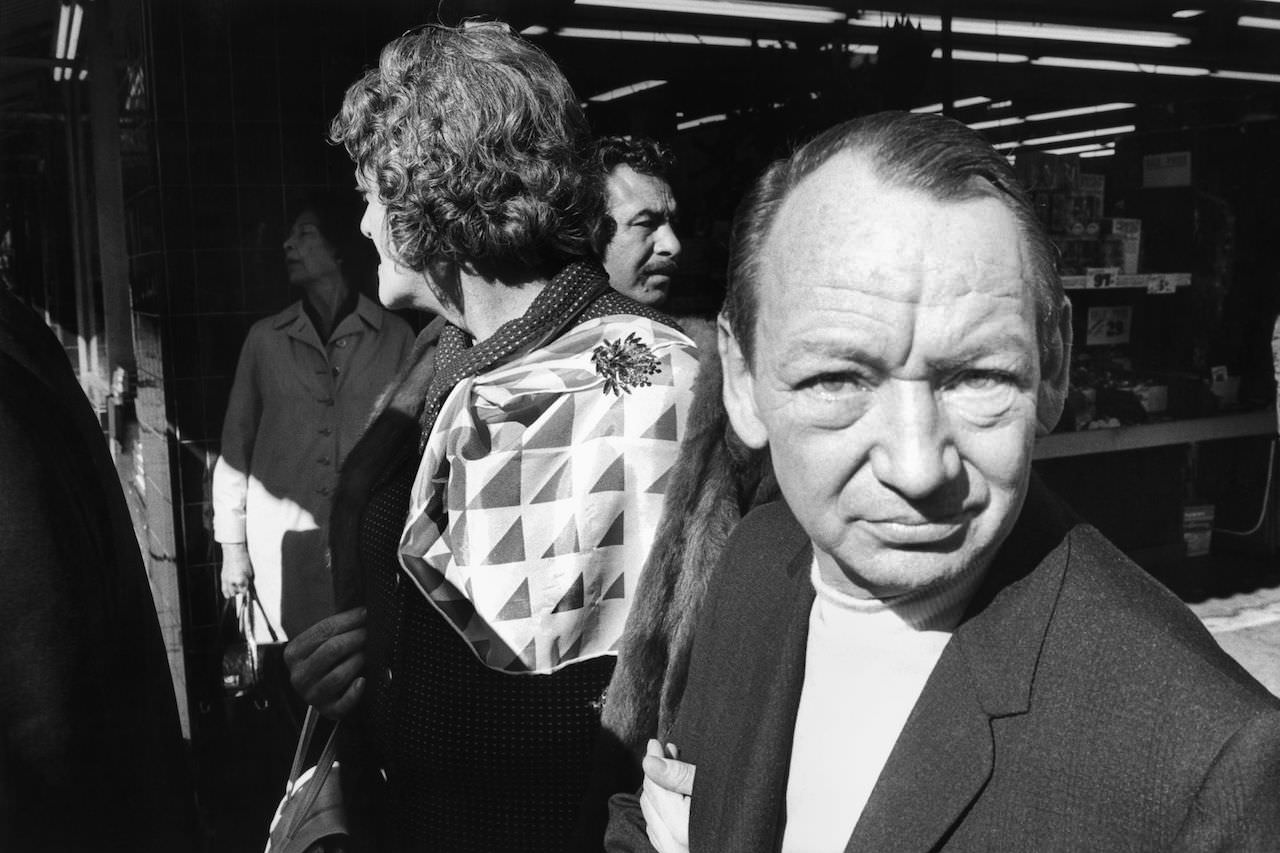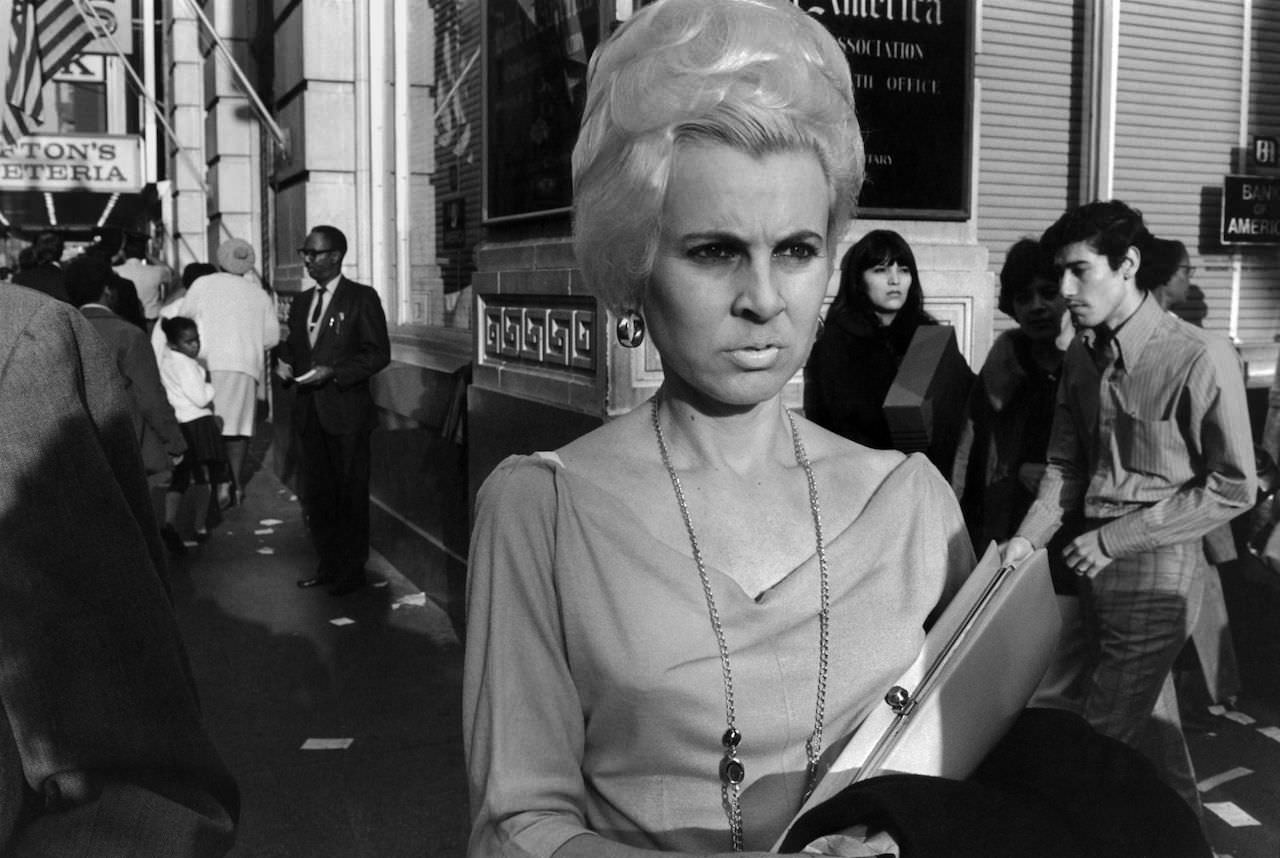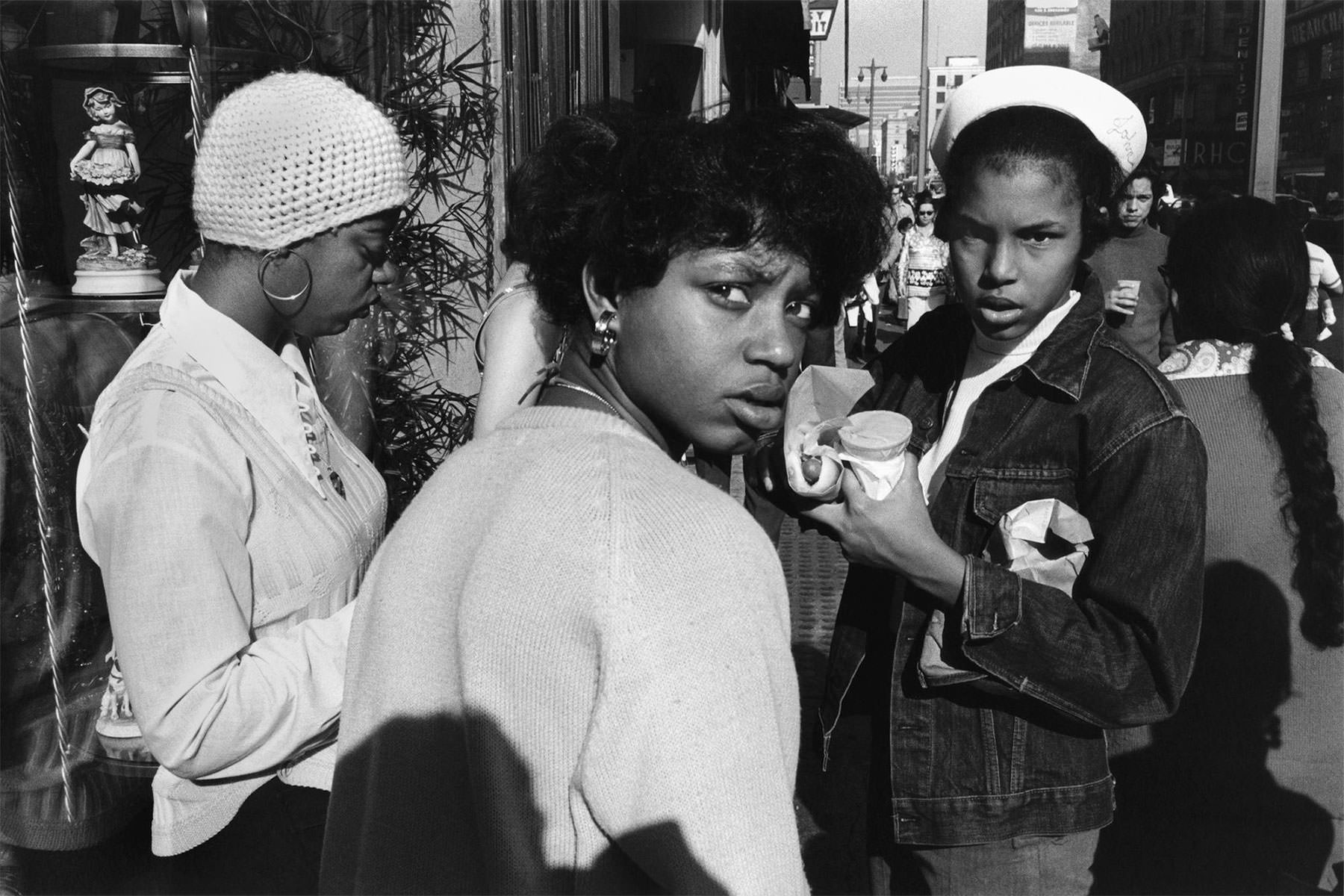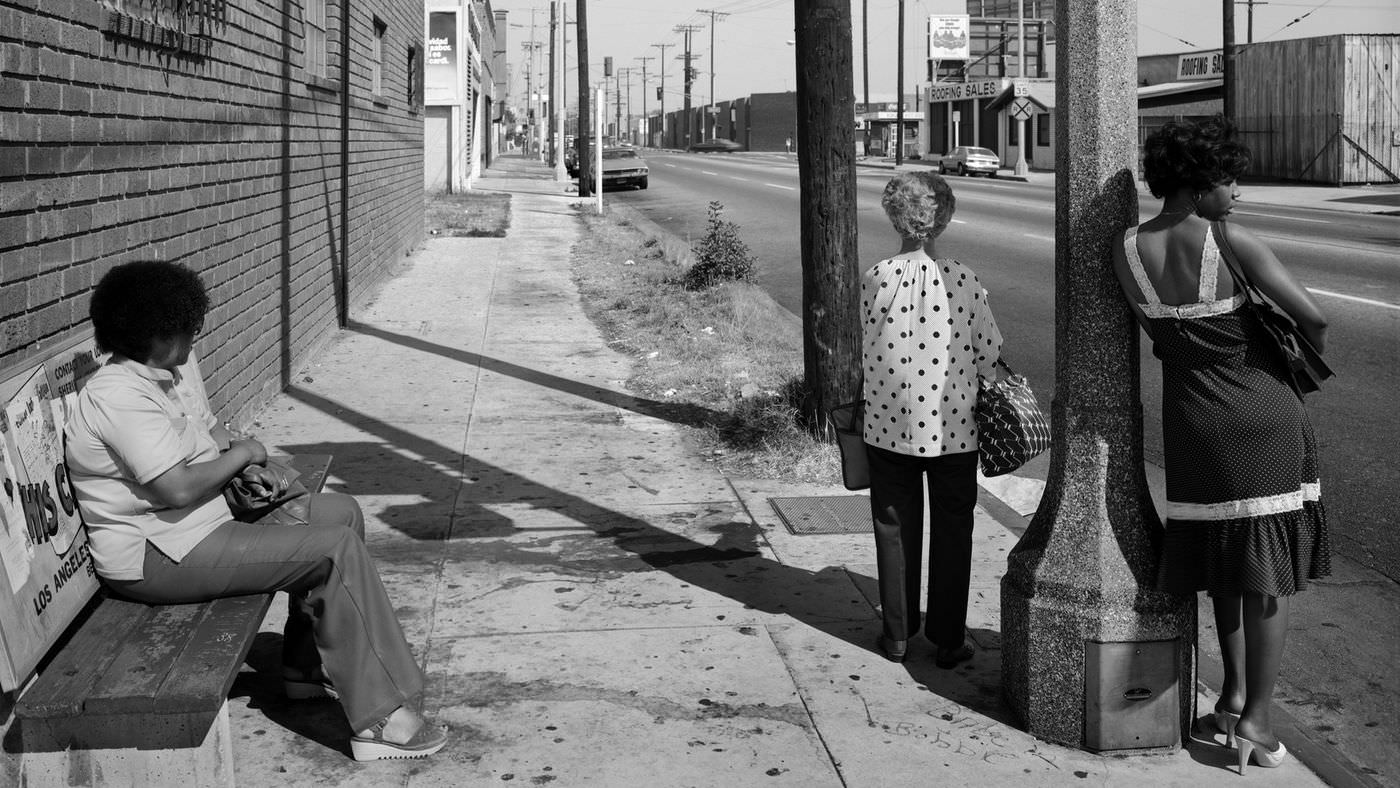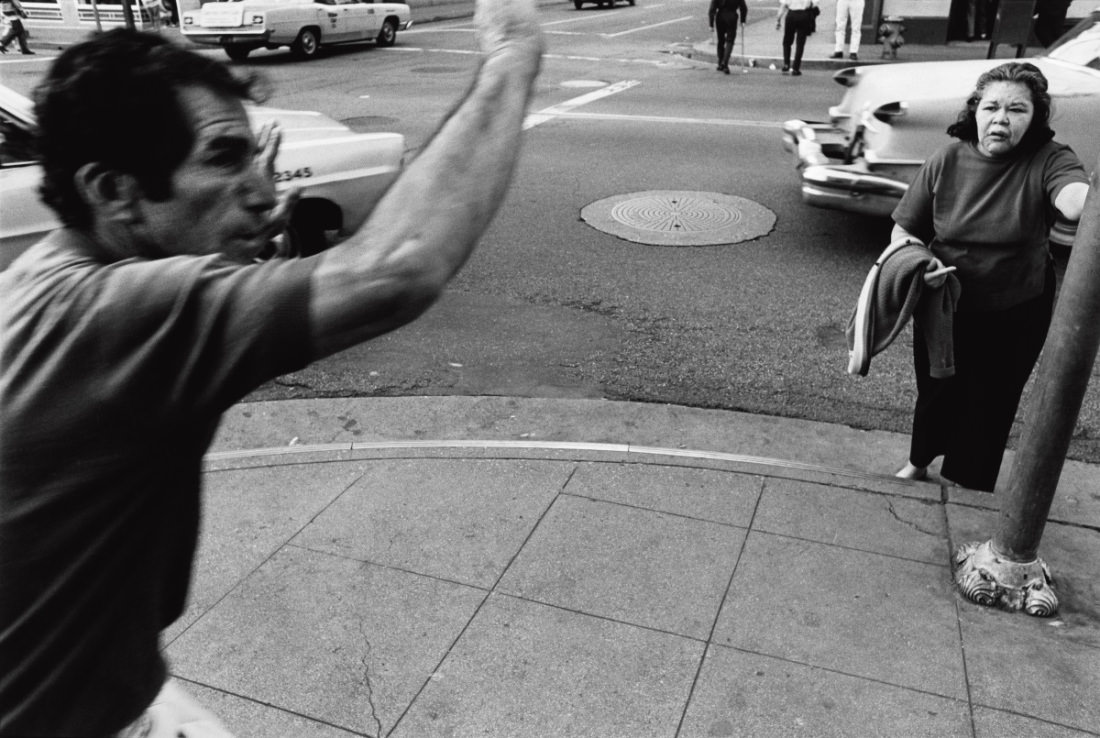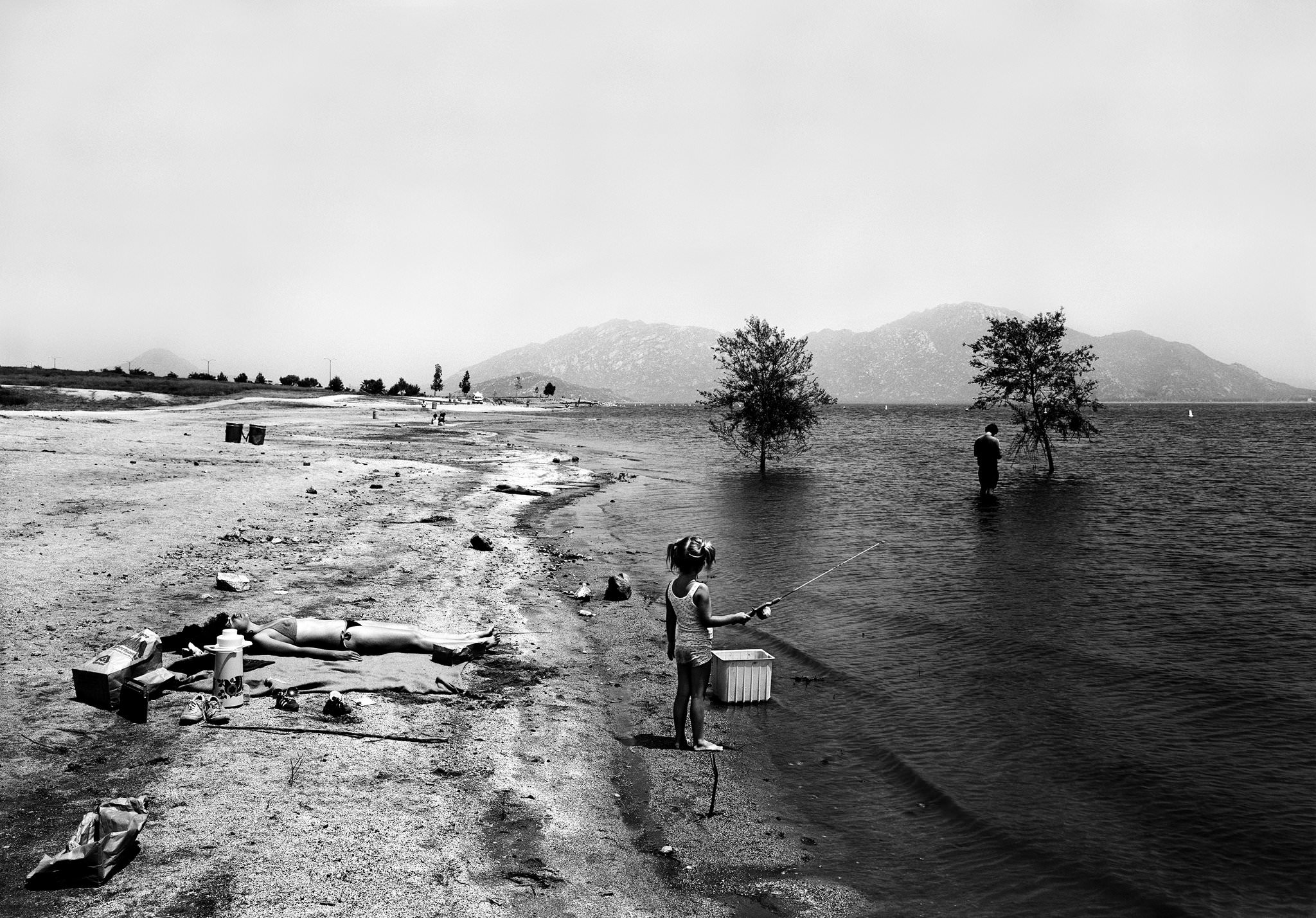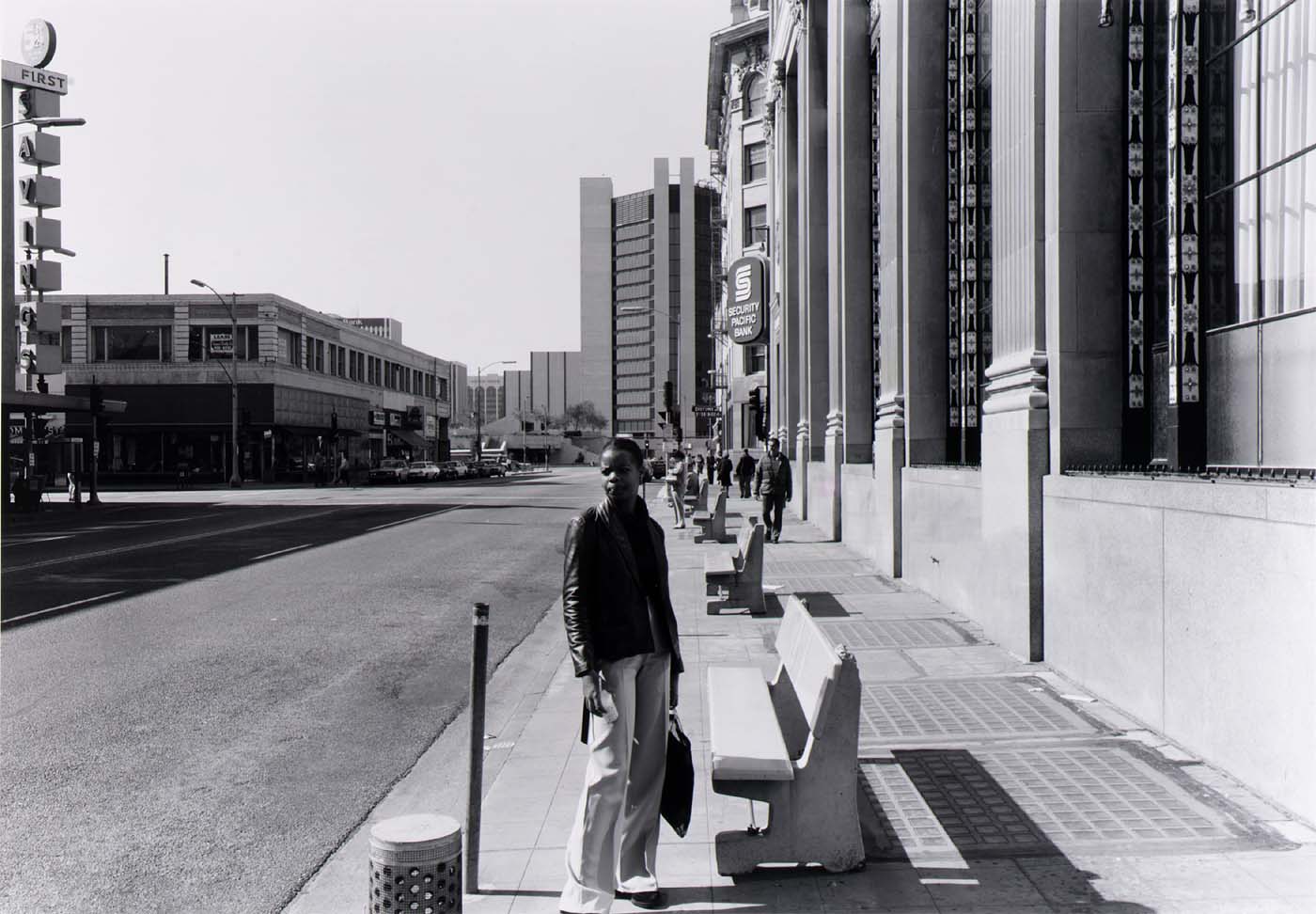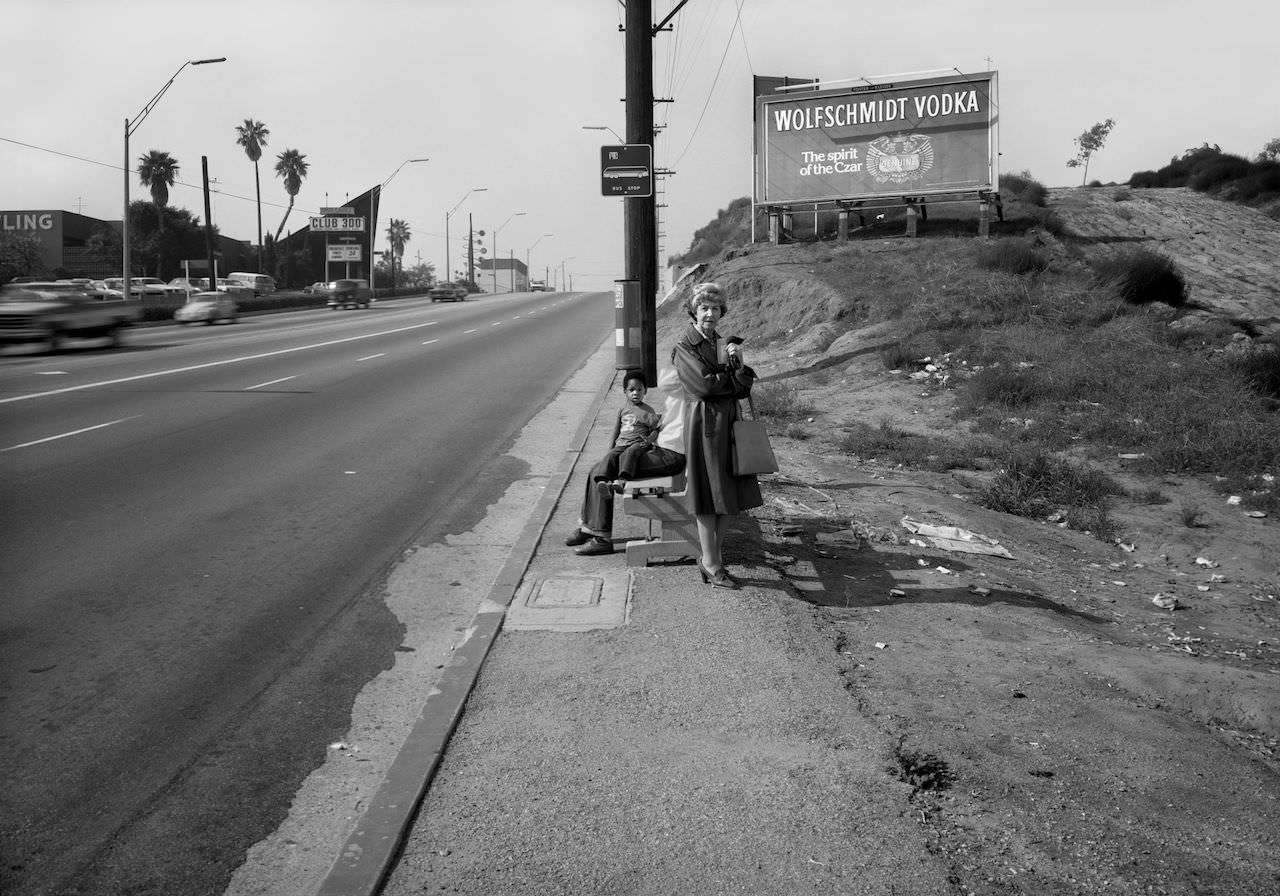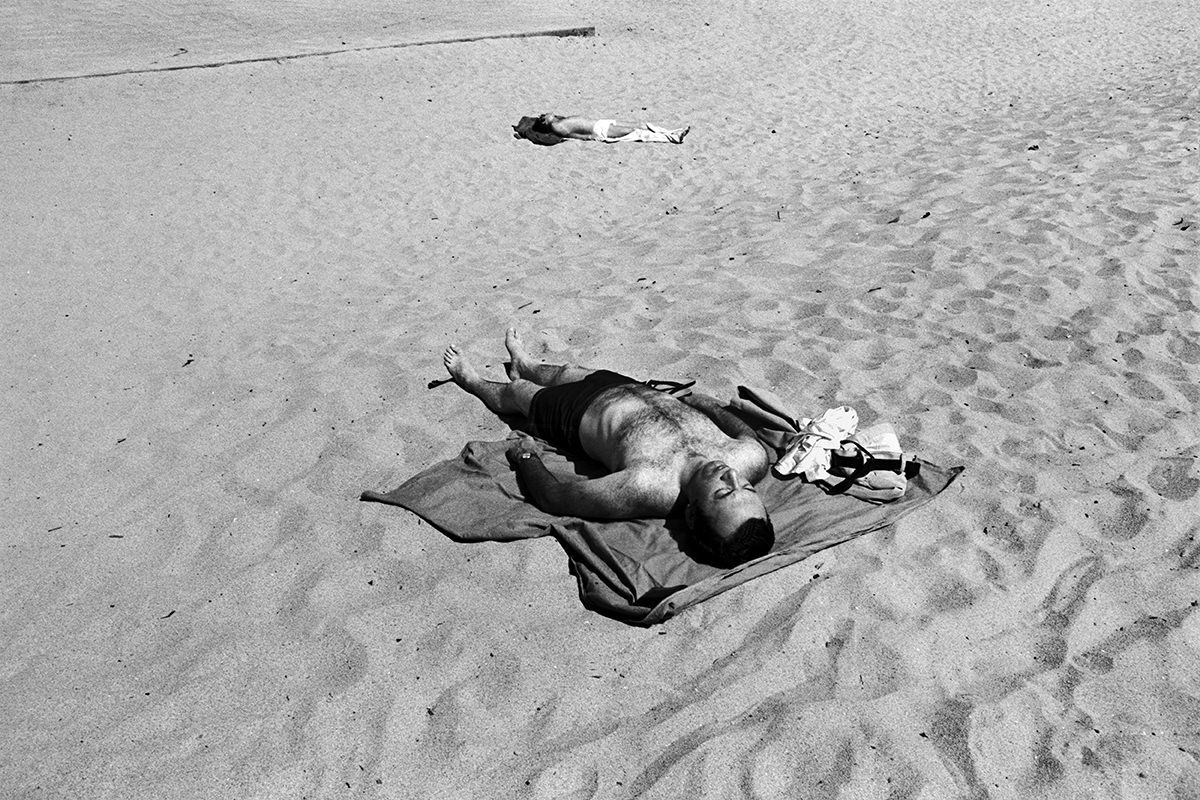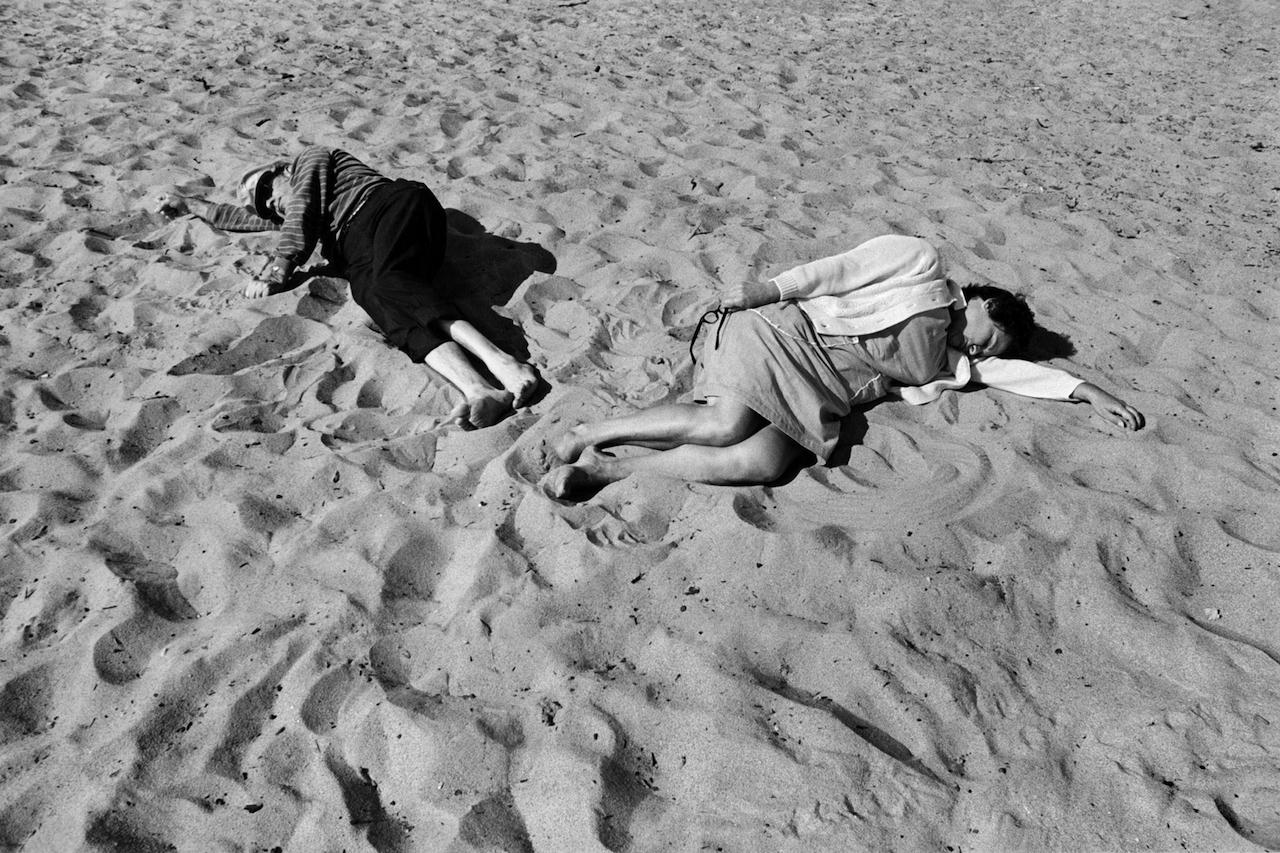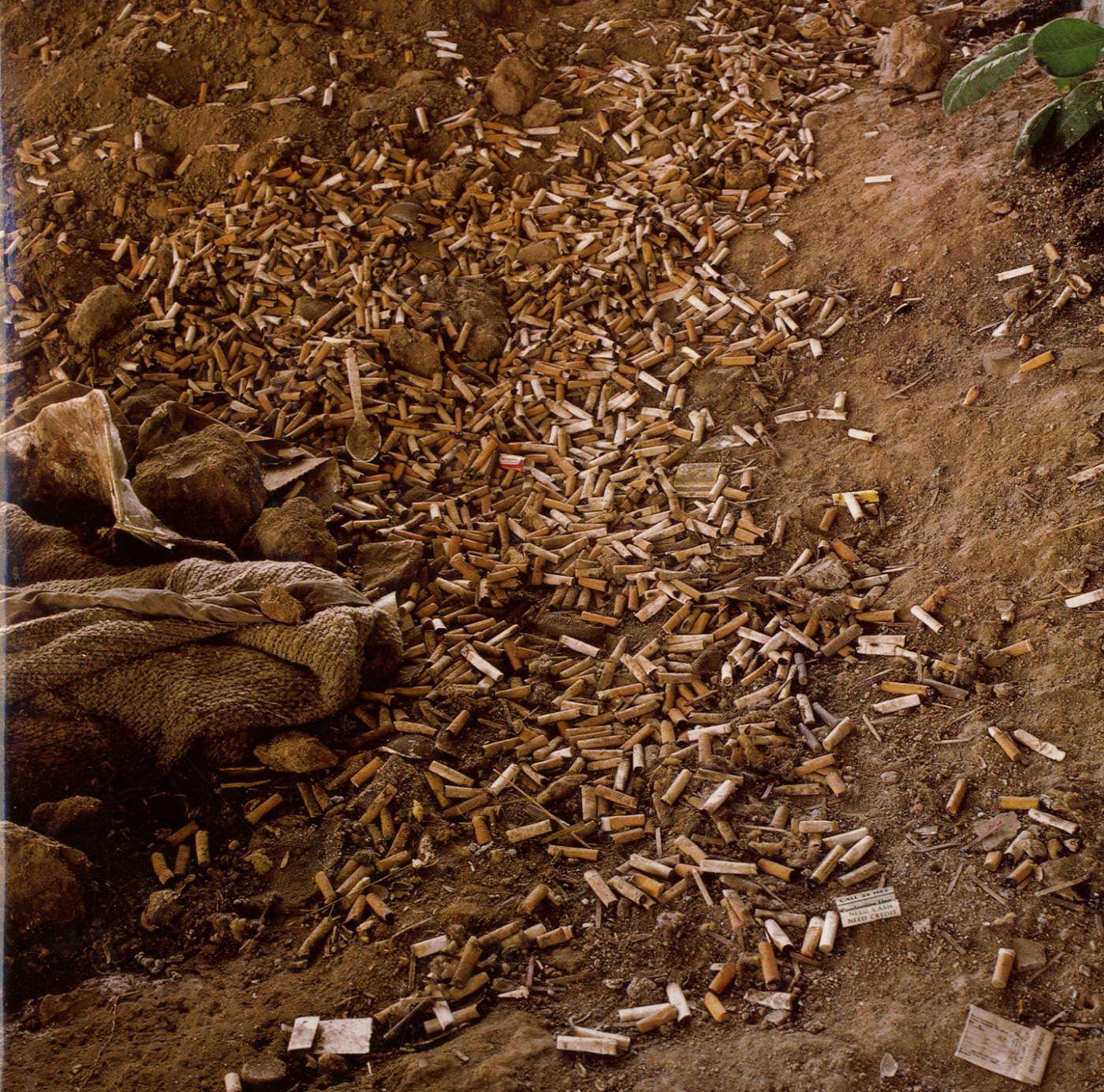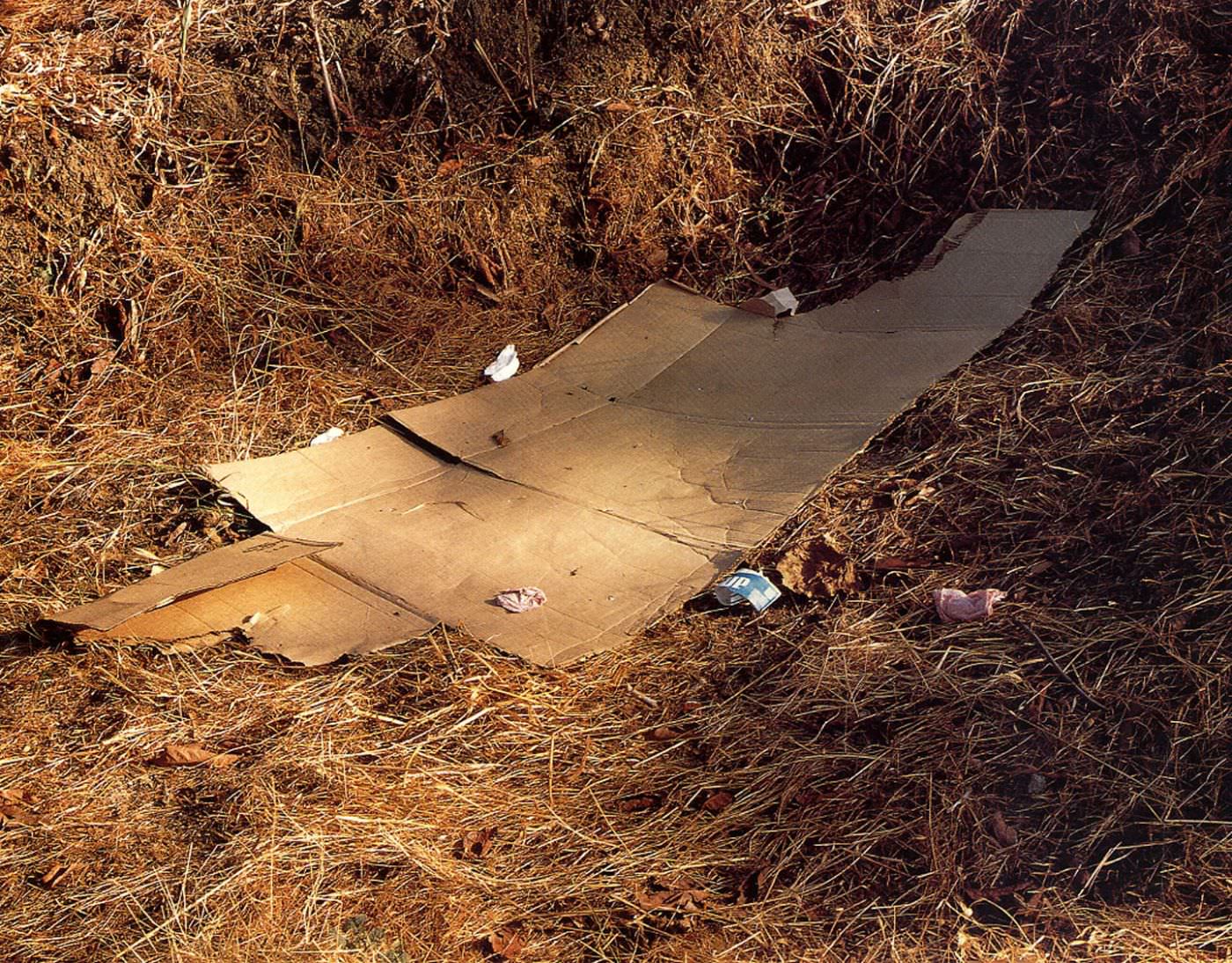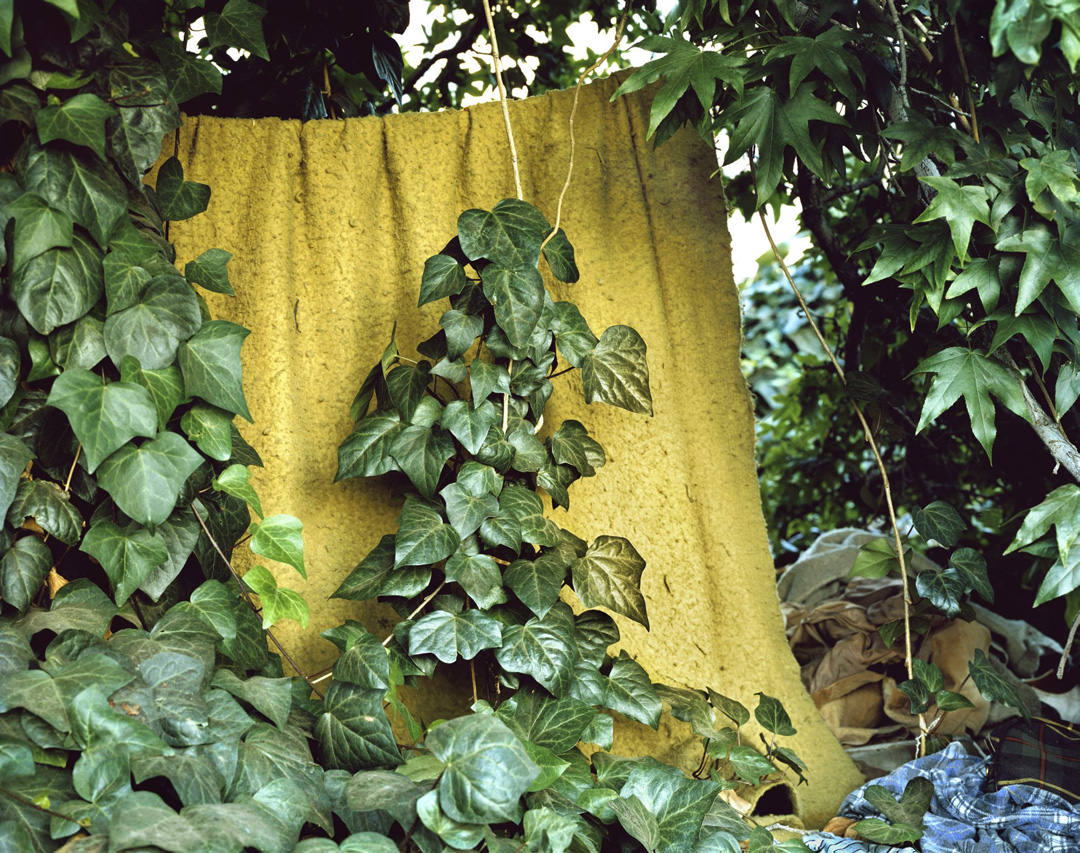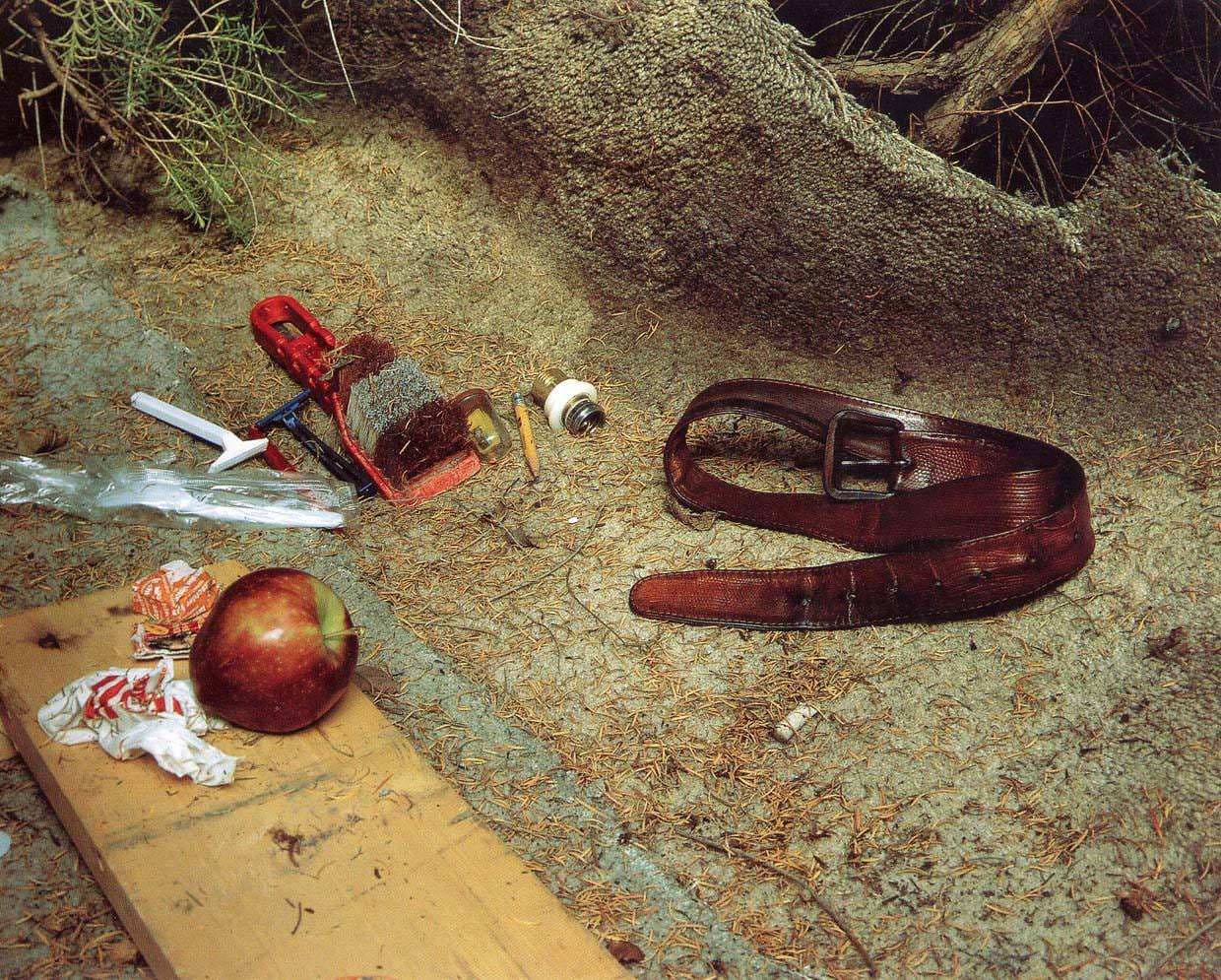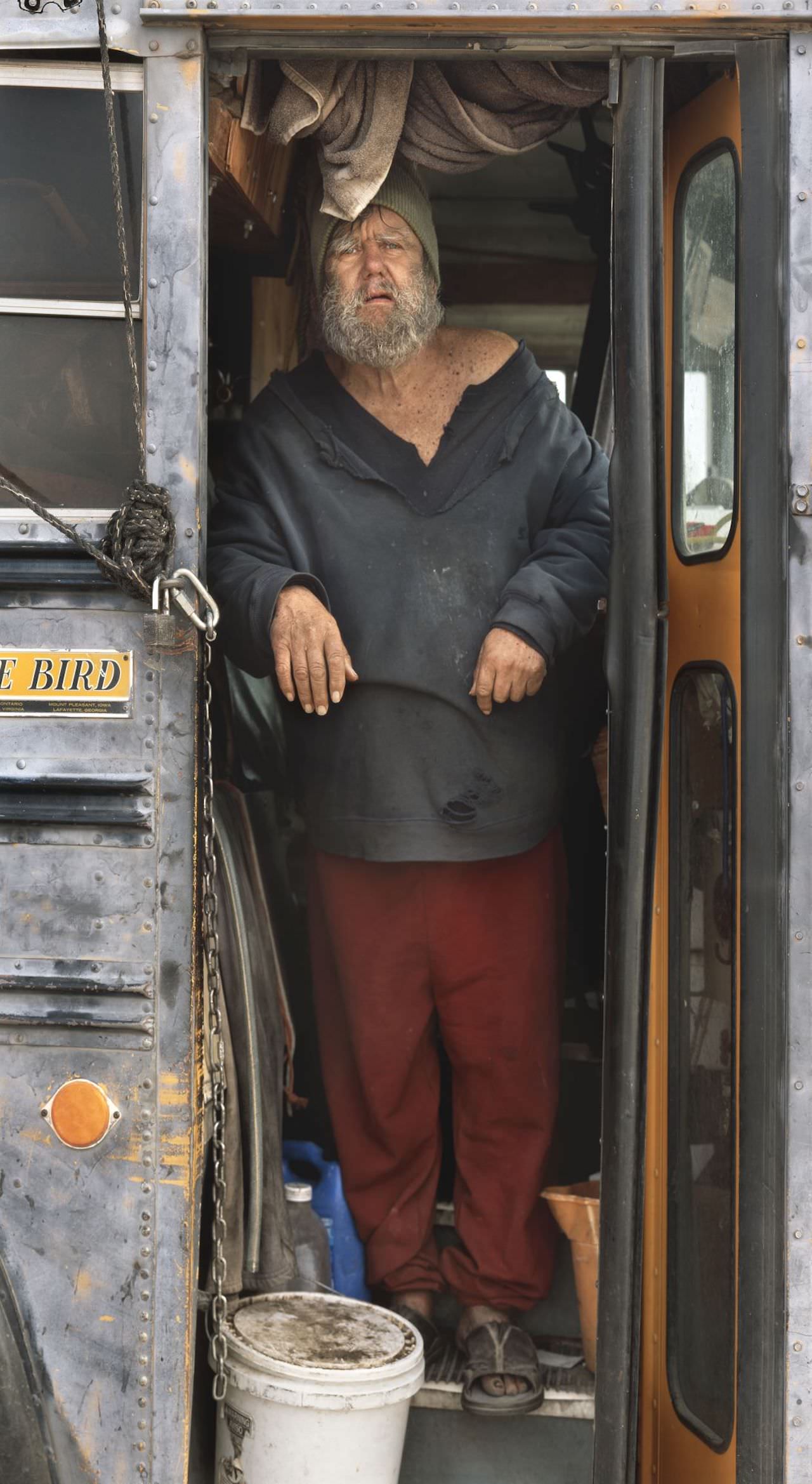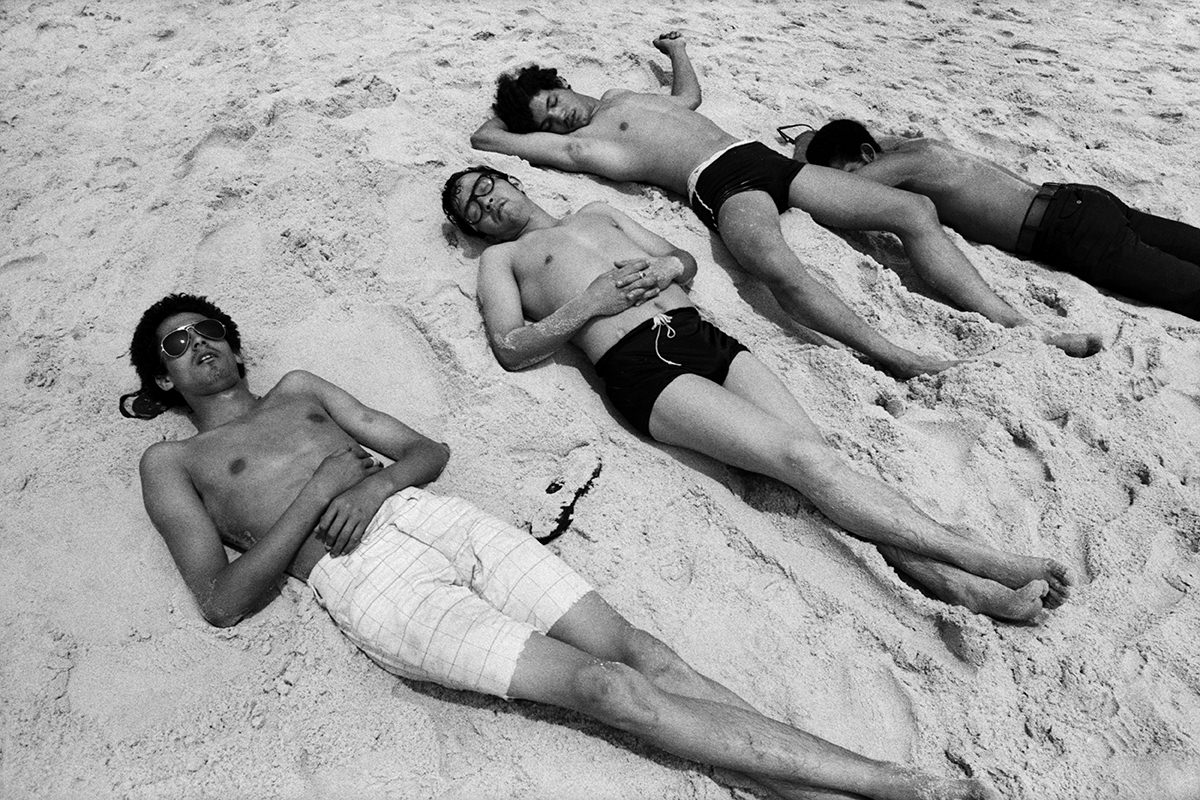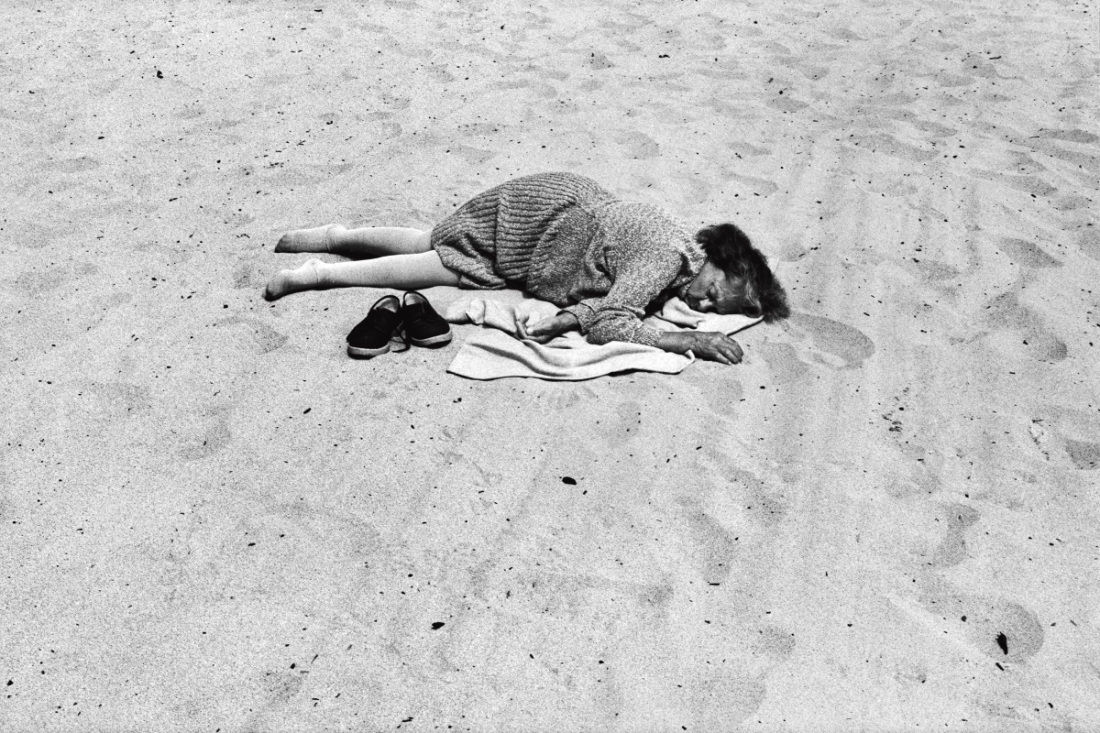Anthony Hernandez – Exhibition in Madrid
Anthony Hernandez.
Exhibition in Madrid. Fundación MAPFRE Bárbara de Braganza Exhibition Hall
Anthony Hernandez (born 1947) is an American photographer. His photography has ranged from street photography to images of the built environment and other remains of civilization, particularly those discarded or abandoned elements that serve as evidence of human presence.He has spent most of his career photographing in Los Angeles and environs.
Without specific photographic training or further education, his career began in the streets of his home city at the end of the 1960s. After his beginnings which followed the great American tradition of street photography, his work rapidly evolved towards an approach that used different techniques and aesthetics.
From 1967-1969 Hernandez served the United States Army in Vietnam, and was randomly selected to work as a field medic 1968.
During the fourteen months that he was posted in Vietnam, his aunt used to send him copies of the magazine Artforum, a publication that provided his only artistic training before committing himself to photography.
He has connected this experience to later projects such as Landscapes for the Homeless and Shooting Sites, telling Erin O’Toole, curator of the retrospective now going on show in Madrid, that photography helped him to construct a new life when he got home, offering “a way of being in the world that was meaningful and generative”.
In the summer of 1969, Hernandez partecipate in a workshop led by Lee Friedlander that was one of his earliest influences and, after taking this course, Hernandez began to make 35mm black-and-white street photographs in LA, moving around the city with his Leica on a pre-set focus in a routine he refers to as “a dance in the street”.
Hernandez became consciously involved in the American tradition of street photography, defined by photographers such as Robert Frank and Garry Winogrand, who he met personally on his first visit to New York.
In his early career he used black and white photography, concentrating on the human figure.
He switched from 35 mm to large format and from 1984 he turned to color photography, excluding people from his images to the extent of capturing details that verged on the abstract.
He continued to produce work all over the city, including a series on city bus stops, Public Transit Areas, and related bodies of work like Public Use Areas and Public Fishing Areas. “I always thought of LA as my big studio, I haven’t exhausted the city, there are still things I want to photograph there. It’s a very rich place, and it’s part of who I am”, he says.
His work on various series, which can span several years, maintain their consistency thanks to an artistic vision that is hard and direct, yet full of formal beauty.
The photography of Anthony Hernandez has evolved significantly over the course of is career, although he has been able to maintain consistency despite working on series that are very different from each other. The connecting link between them all is found in his social conscience that he has maintained in all of his work and in his artistic vision, which is direct, free of visual trickery and intentionally “hard”, as he himself has put on record.
Despite drastic changes over the course of his career, Hernandez is still considered as a street photographer who sets out without a preconceived idea of what he will find and who chooses the places in which to spend time searching. Interestingly, he enjoys this process of discovery and sees photography and a means of experiencing as a means of understanding the world around him.
This exhibition, the first retrospective in Spain of his work, provides an unusually broad range of photographs linked together by their captivating formal beauty and their understated commitment to contemporary social issues.
Anthony Hernandez has been organized by the San Francisco Museum of Modern Art in collaboration with Fundación MAPFRE and curated by Erin O’Toole.
From: January, 31, 2019
End date: May, 12, 2019
Location: Bárbara de Braganza, 13. 28004 Madrid
More info on Fundacion Mapfre’s website.

